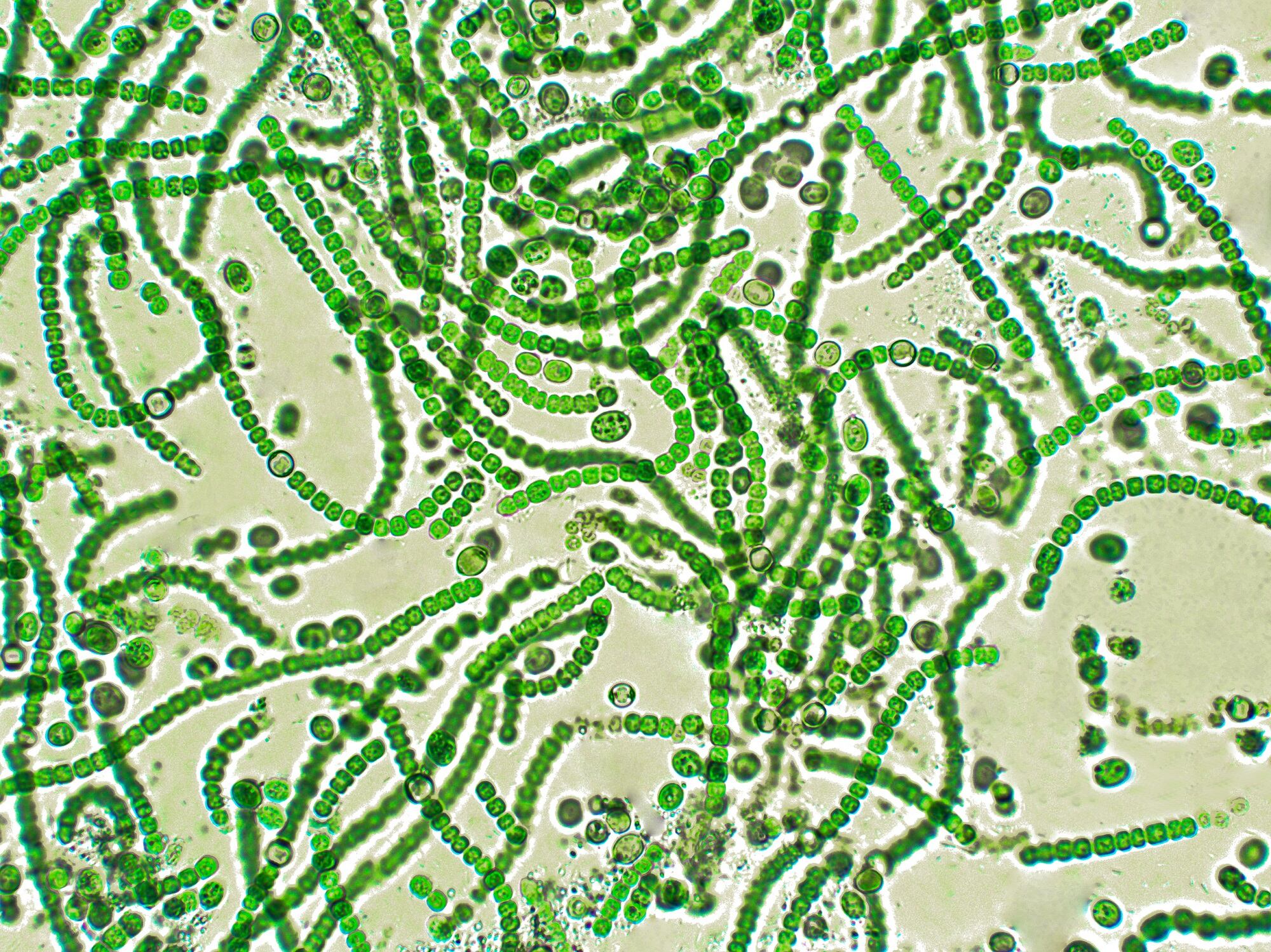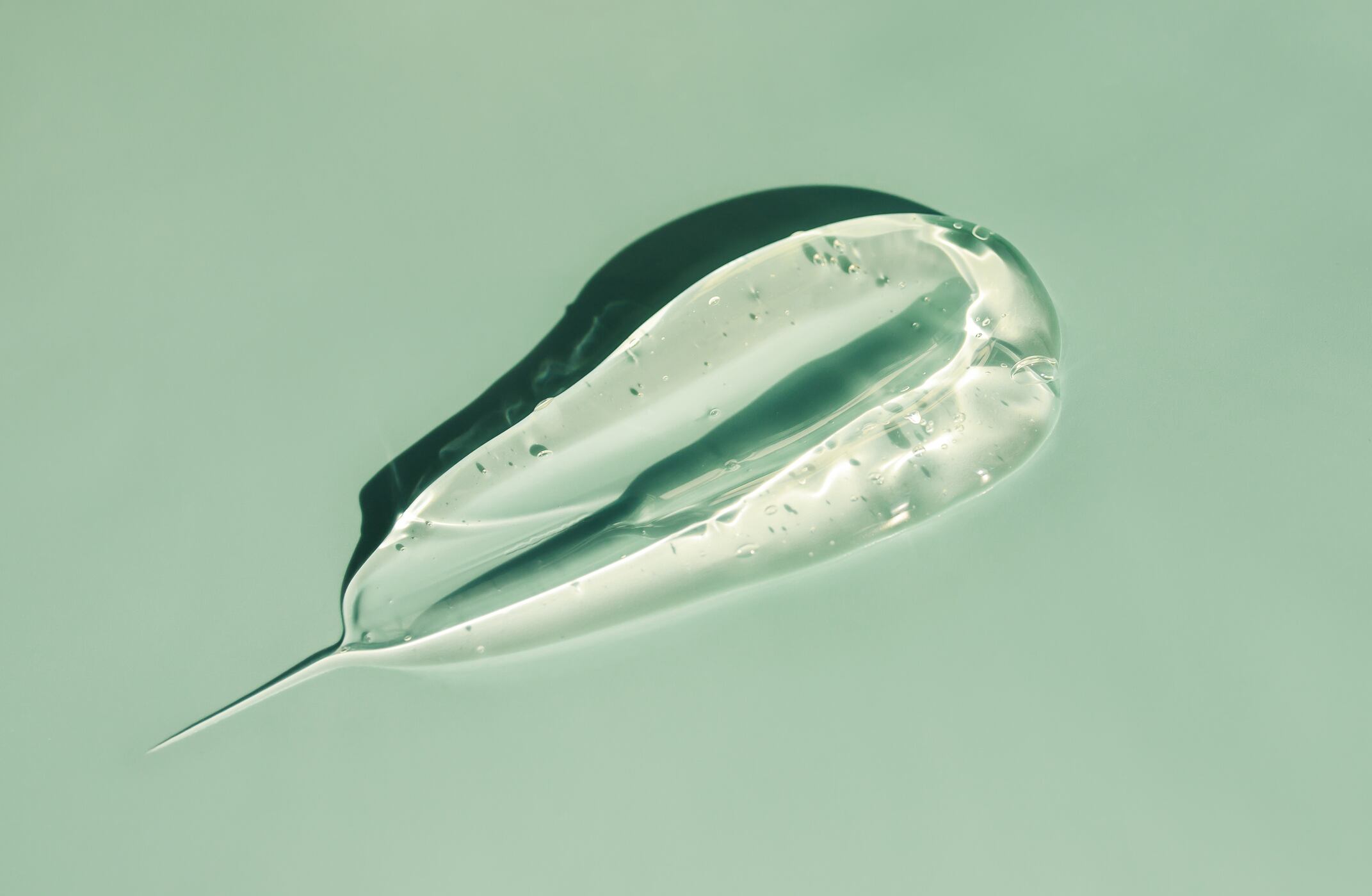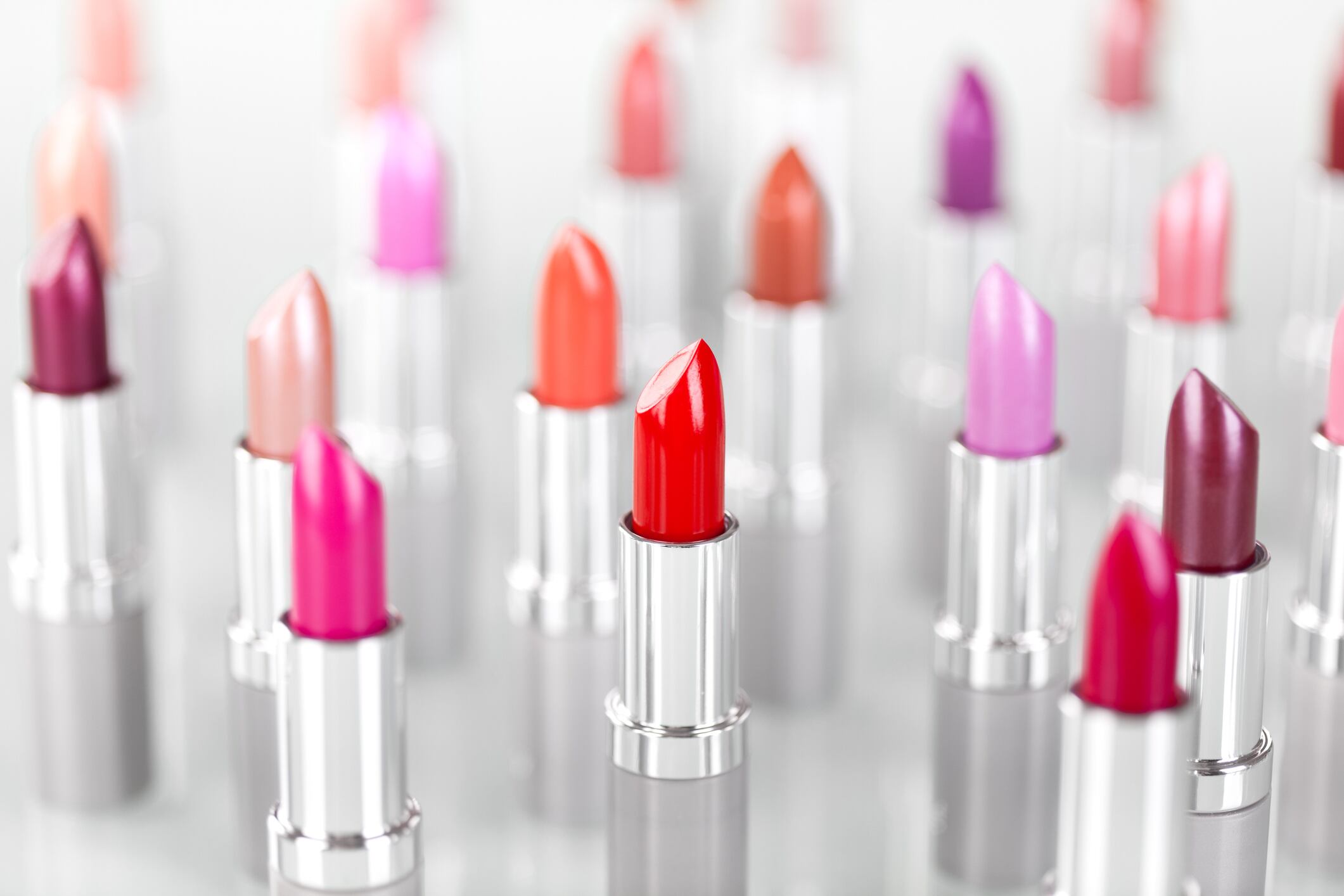A study recently published in Phycology outlines the best steps to yield bioactive compounds from what’s commonly referred to as blue-green algae. The process they outline results in two pigment-rich extracts, carotenoids and phycobiliproteins. Both showed anti-hyaluronidase capacity, among other benefits.
“Cyanobacteria can contain molecules that can be employed in cosmetic formulations for a variety of purposes: colorants in make-up, UV protectors in sunscreens and anti-aging creams, and moisturizers in body lotions are examples of active ingredients.”
A push for more natural-based products has led to increased demand for natural pigment sources, such as those extracted from cyanobacteria. However, main obstacles to including cyanobacteria pigments in the cosmetic industry are the cost associated with extraction and purification and the inconsistency of pigmentation. The authors write, “standardization of growing and extraction processes, as well as a greater understanding of the biological characteristics of cyanobacteria pigments, are required to overcome these limitations.”
The two bioactive compounds analyzed included carotenoids and phycobiliproteins. Prior suggested use of carotenoids from cyanobacteria include potential tyrosinase inhibitors and application in psoriasis treatment. Phycobiliproteins have been previously studied as anti-inflammatories, wound-healing ingredients and sunscreens.
Optimizing production and extraction
Researchers used four strategies to optimize pigment production. First, multi-factor optimization of the light source, intensity and culture medium; second, the addition of light supplements to enhance metabolic activation; third, temperature, pH and salinity optimization; lastly, the use of both white and red LED lights.
Two different extraction methods were utilized to determine the highest yielding procedure. The first involved four different solvents, water, ethanol, acetone and ethyl acetate. Researchers found the route of ethanol then water yielded the highest biomass with no cytotoxic effect.
The second method explored two different cell disruption methodologies to optimize extraction: one based on electric fields (ohmic heating) and one based on pressure (CPSE). Ohmic heating resulted in a higher amount of carotenoids and total antioxidant capacity.
After optimizing production and extraction, the researchers found that the biggest factor when considering a leap from the laboratory to the industrial scale is cultivation — mainly due to temperature control and electricity consumption.
Cosmetic potential of bio-active pigments
Following the optimization of production and extraction, researchers assessed the potential of the carotenoids and phycobiliproteins as cosmetic ingredients. This was done via cytotoxicity assays with skin-related cell lines (keratinocyte, fibroblast and endothelial cell lines) and capacity of inhibition of cosmetic-related enzymes.
Researchers found that the bio-active extracts resulted in no cytotoxic effects and both the carotenoids and phycobiliproteins had high anti-hyaluronidase capacity. Further, the phycobiliprotein extract held collagenase inhibition capacity.
“Overall, Cyanobium sp. seem to have a great potential as a source of natural bioactive compounds due to the biological and biotechnological features.”
Source: Phycology
2023, 3(1): 47 https://doi.org/10.3390/phycology3010004
“Cyanobacteria-Based Bioprocess for Cosmetic Products—Cyanobium sp. as a Novel Source of Bioactive Pigments”
Authors: Pagels, F. et al.




